Explore the Best AI Image Gallery
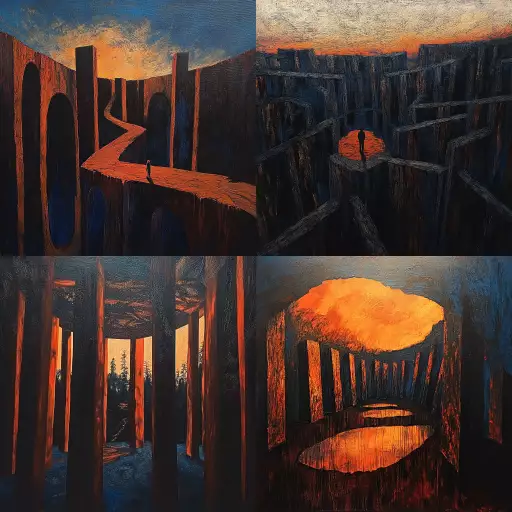
Beyond the Brush: AI Image Creation Tools and the Future of Creativity
The realm of art and design is undergoing a seismic shift with the advent of AI image creation tools. These powerful algorithms, fueled by massive datasets and sophisticated neural networks, are capable of generating stunningly realistic and imaginative visuals, blurring the lines between human creativity and machine ingenuity. This burgeoning technology holds immense promise for revolutionizing various aspects of the creative industry, from design and advertising to entertainment and education.
Potential Uses: Unleashing Creativitys Potential
AI image creation tools offer a diverse range of applications that can empower artists, designers, and businesses alike:
- Concept Art and Visualization: Artists can leverage AI to rapidly generate multiple iterations of concepts, exploring different ideas and styles with ease. This accelerates the creative process and allows for greater experimentation.
- Personalized Design: Consumers can customize products, apparel, and even artwork by inputting specific preferences or themes into AI tools. This fosters a more personalized and engaging design experience.
- Content Creation for Marketing and Advertising: Businesses can utilize AI to generate high-quality visuals for marketing campaigns, social media posts, and websites, saving time and resources while maintaining visual consistency.
- Education and Training: AI-powered tools can assist educators by generating illustrations, diagrams, and interactive learning materials, making educational content more engaging and accessible.
Ethical Considerations: Navigating Uncharted Territory
While the potential benefits of AI image creation tools are undeniable, it is crucial to address the ethical considerations that arise with this technology:
- Copyright and Ownership: Questions surrounding the ownership of AI-generated artwork remain complex. Who holds the copyright—the user who provides the input, the developer of the AI tool, or the AI itself?
- Bias and Representation: AI algorithms are trained on vast datasets, which can inadvertently perpetuate existing biases in society. It is essential to ensure that AI-generated imagery reflects diversity and avoids harmful stereotypes.
- Job Displacement: The automation capabilities of AI raise concerns about potential job losses in creative fields. However, it is also important to consider how AI can augment human creativity and create new opportunities.
Future Trends: Shaping the Canvas of Tomorrow
The field of AI image creation is constantly evolving, with exciting advancements on the horizon:
- Increased Realism and Customization: AI algorithms will continue to improve in their ability to generate hyper-realistic images and offer greater customization options.
- Integration with Other Technologies: We can expect to see AI image creation tools seamlessly integrated with virtual reality (VR), augmented reality (AR), and other emerging technologies, creating immersive and interactive experiences.
- Democratization of Creativity: AI tools will empower individuals without formal artistic training to create stunning visuals, fostering a more inclusive and accessible creative landscape.
Conclusion: Embracing the Artistic Revolution
AI image creation tools are poised to revolutionize the creative industry, offering unprecedented opportunities for innovation and expression. By embracing these advancements responsibly and addressing the ethical considerations, we can harness the power of AI to unlock new dimensions of creativity and shape the artistic landscape of tomorrow.
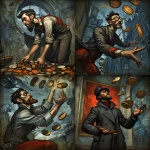


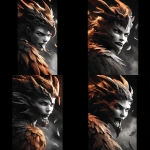
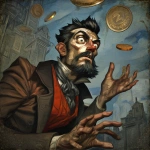

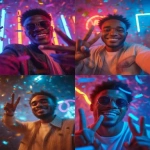
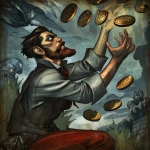
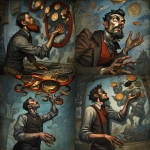
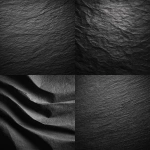

](https://images.ai-img.art/thumbnails/150/3c5dc62bba83cc9919c20ebfec8430d31e821cef586a2753dd85ef26d77d480a.webp)

](https://images.ai-img.art/thumbnails/150/8c320ce9aefbbb5b9ec5fd4e1d0fba7388f0fff5b6c2e2f14077cad3008f291d.webp)
](https://images.ai-img.art/thumbnails/150/1accb5453f2335686b162f0a879c7ce73a18516a33868f214a16bdaf95beeb5a.webp)

](https://images.ai-img.art/thumbnails/150/1d7b3a908141474d50d90721c394db29c0cb5404d685ae70ea60430c18e905b7.webp)
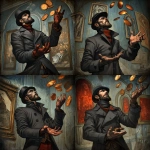
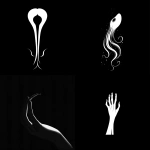



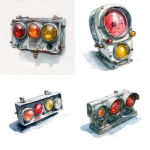
](https://images.ai-img.art/thumbnails/150/3e8c063b4357fc743a3c6e49a3145ee31b2dcecc018c38d2db8f97bf3e3fda3f.webp)